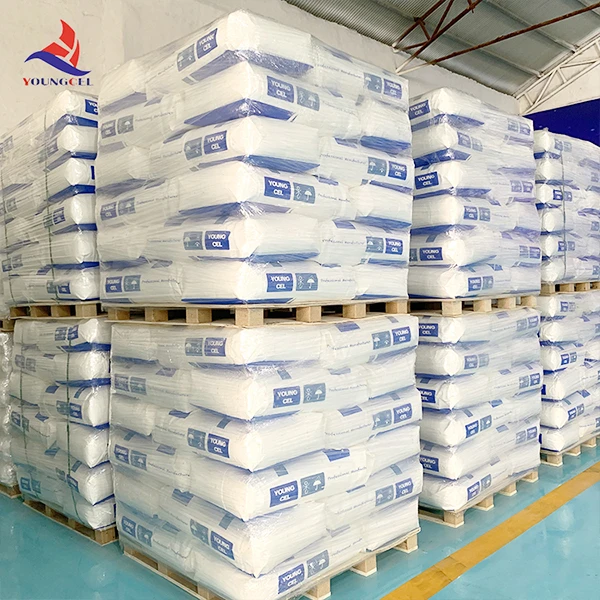The Importance of Concrete Adhesive Powder in Modern Construction
In the realm of modern construction, the adhesive capabilities of materials play a pivotal role in ensuring structural integrity and longevity. One such innovative product that has gained popularity is concrete adhesive powder. This versatile component serves as a crucial element in various applications, providing enhanced binding characteristics for different surfaces. This article delves into the importance, applications, and benefits of concrete adhesive powder in contemporary construction practices.
What is Concrete Adhesive Powder?
Concrete adhesive powder is a specially formulated blend of polymers, resins, and additives that, when mixed with water, creates a strong adhesive compound. This powder is designed to bond concrete to various substrates, including bricks, stones, and even existing concrete surfaces. The formulation often includes epoxy or latex emulsions, which enhance the adhesive properties and strengthen the resulting mixture.
Applications in Construction
The versatility of concrete adhesive powder allows for an array of applications across the construction industry. It is widely used in
1. Repairing Structures One of the primary uses of concrete adhesive powder is in repairing cracked or damaged structures. By providing a superior bond between the old and new concrete, it ensures that repair work is durable and can withstand stress.
2. Installing Tiles and Stones Concrete adhesive powder is also utilized as a bonding agent for tiles and stones. It allows for a strong connection between the tile and the underlying concrete surface, significantly reducing the risk of displacement or cracking over time.
3. Overlay Projects For overlay projects where new concrete is laid over an existing surface, this adhesive powder enhances the bond, ensuring that the two layers work cohesively. This is particularly beneficial for improving the aesthetic appeal of older surfaces without the need for complete demolition.
concrete adhesive powder

4. Architectural Features From decorative wall panels to intricate sculptures, concrete adhesive powder is instrumental in attaching various architectural elements. Its strong adhesion properties facilitate creative designs while maintaining structural integrity.
Benefits of Concrete Adhesive Powder
1. Enhanced Bond Strength The primary advantage of using concrete adhesive powder lies in its superior bonding capabilities. It forms a robust connection that can withstand tensile and shear forces, which is essential for the stability of structures.
2. Water Resistance Many formulations of concrete adhesive powder possess water-resistant properties, making them ideal for use in environments prone to moisture. This characteristic helps minimize the risk of degradation and extends the lifespan of the materials.
3. Ease of Use Concrete adhesive powder is straightforward to use; it can be easily mixed with water to achieve the desired consistency. This user-friendly nature makes it accessible for both professional contractors and DIY enthusiasts.
4. Cost-Effective Solution By allowing for repairs and installations without the need for complete replacement, concrete adhesive powder presents a cost-effective solution for many construction projects. It reduces labor and material costs while ensuring high-quality outcomes.
5. Versatility Its compatibility with various materials means that concrete adhesive powder can be used in diverse applications, from residential projects to large-scale commercial constructions.
Conclusion
Concrete adhesive powder is an essential material in the construction toolkit, offering robust solutions for bonding concrete with various substrates. Its applications span numerous sectors, from repair work to innovative architectural installations. As the construction industry continues to evolve, the demand for effective and durable materials like concrete adhesive powder will undoubtedly grow, ensuring that it remains a cornerstone of modern building practices. Embracing this technology not only enhances structural integrity but also promotes sustainable and efficient construction methods for the future.




